18 Emergency Communication Tips for Preppers – Simple Family Preparedness
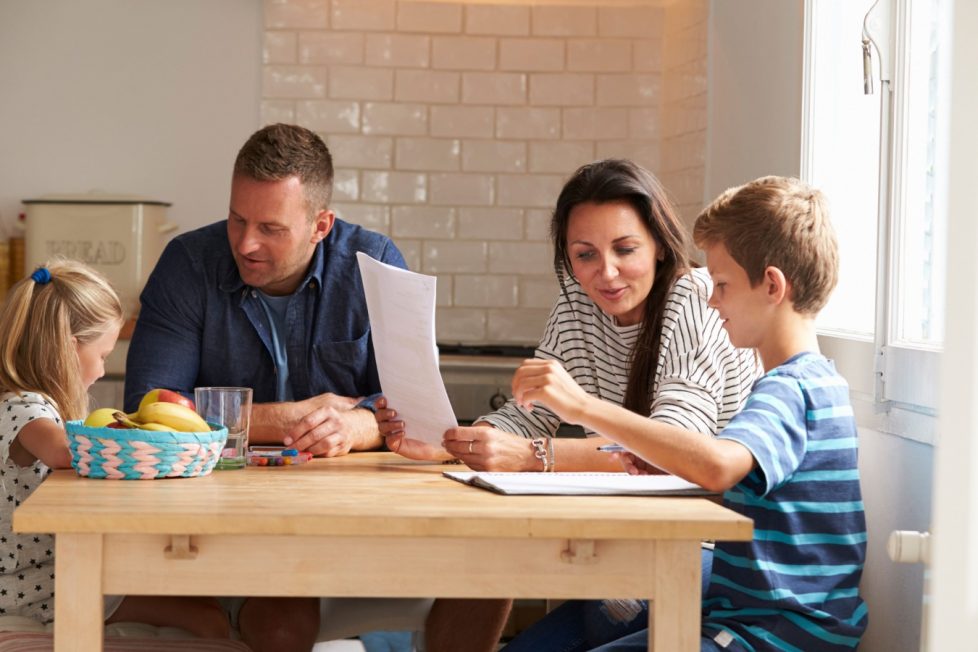
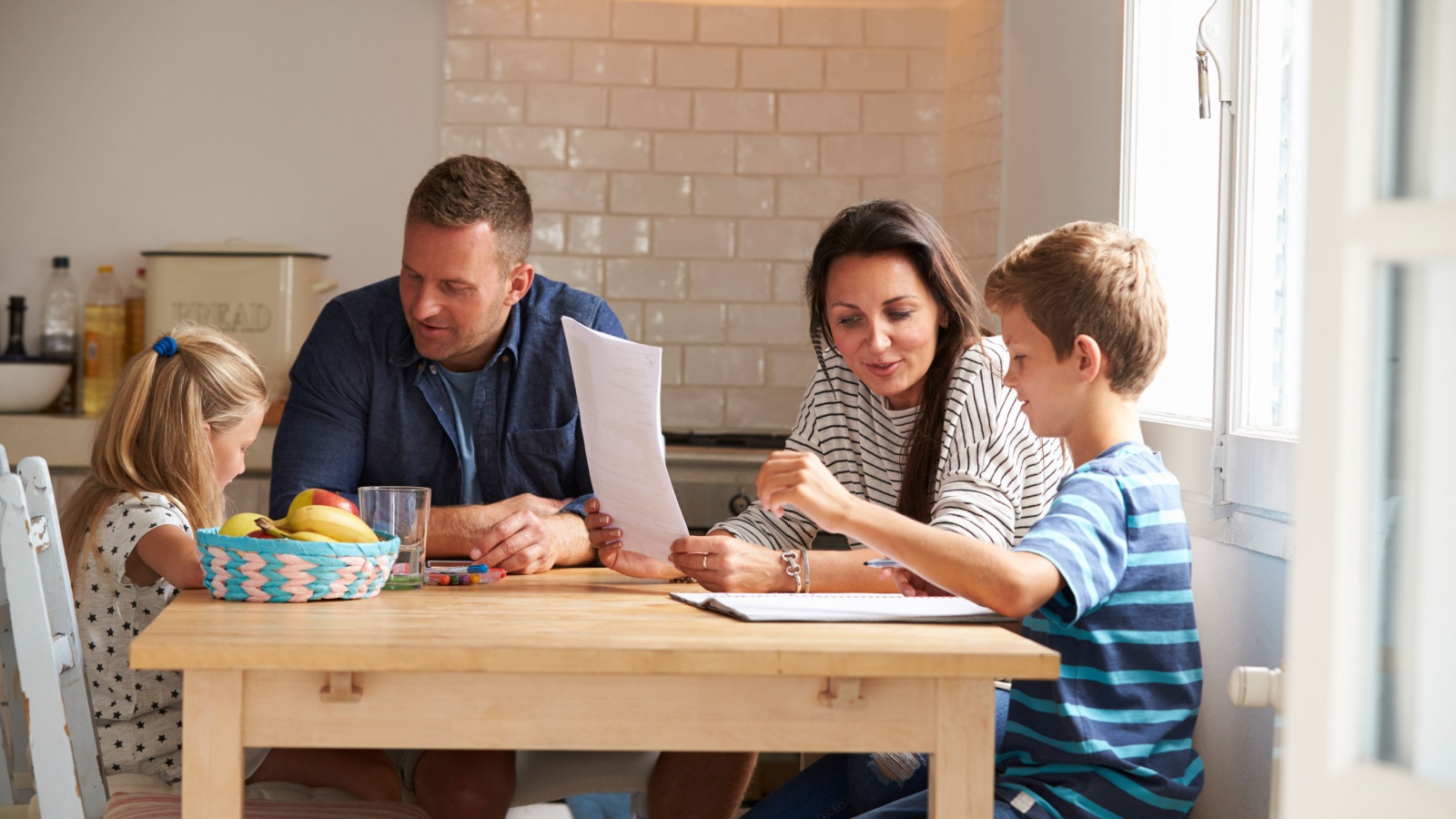
In an emergency, staying connected with your loved ones and community is crucial. Whether it’s a natural disaster, power outage, or any other crisis, having a reliable communication plan can make all the difference. Here are 18 tips to help preppers ensure they can communicate effectively when it matters most.
Create a detailed communication plan for your family. Include important phone numbers, meeting spots, and backup methods of contact. Make sure everyone in your family knows and understands the plan.
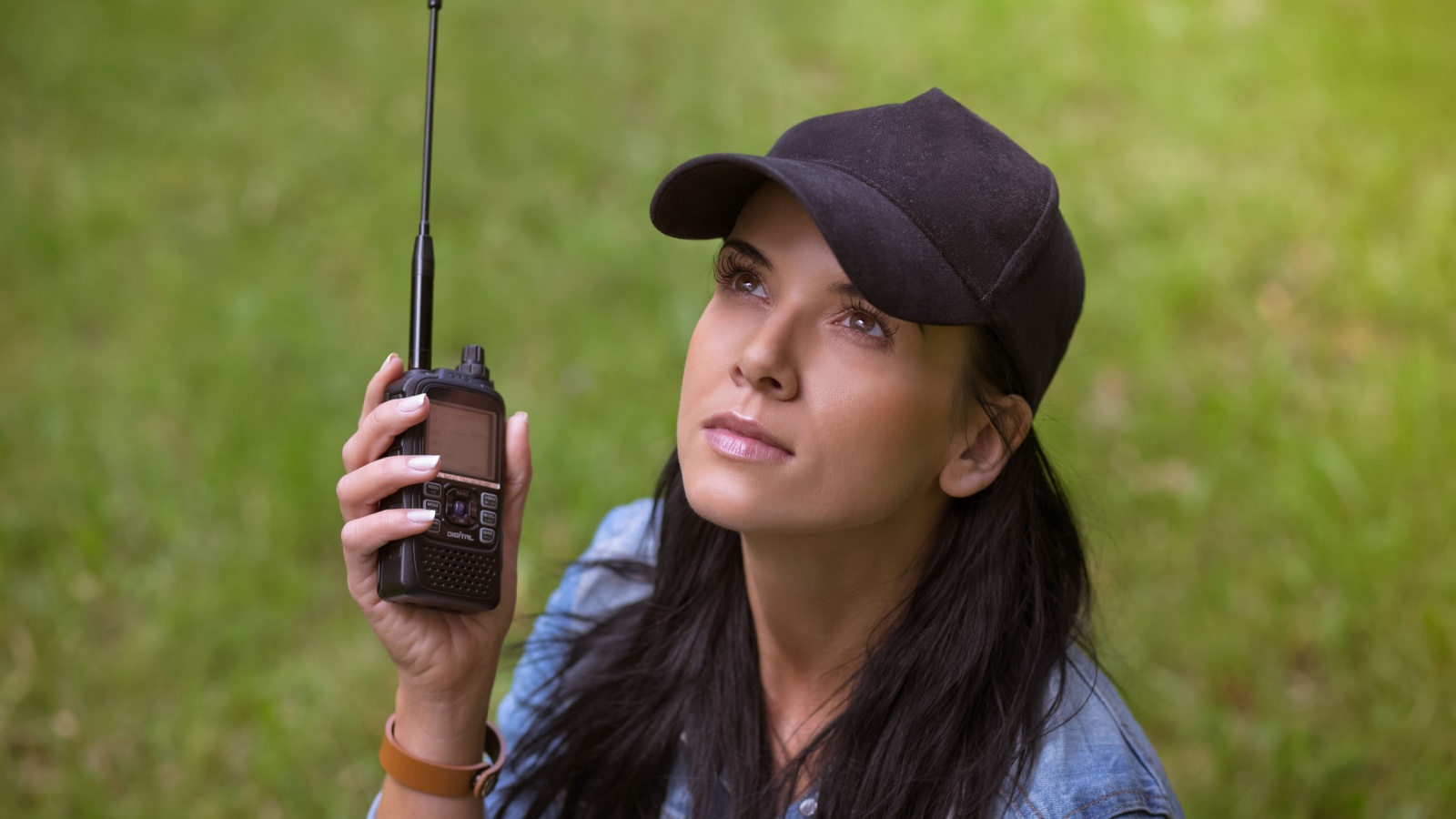
Invest in two-way radios, also known as walkie-talkies. They are great for short-range communication, especially when cell towers are down. Make sure to choose a model with good range and battery life.
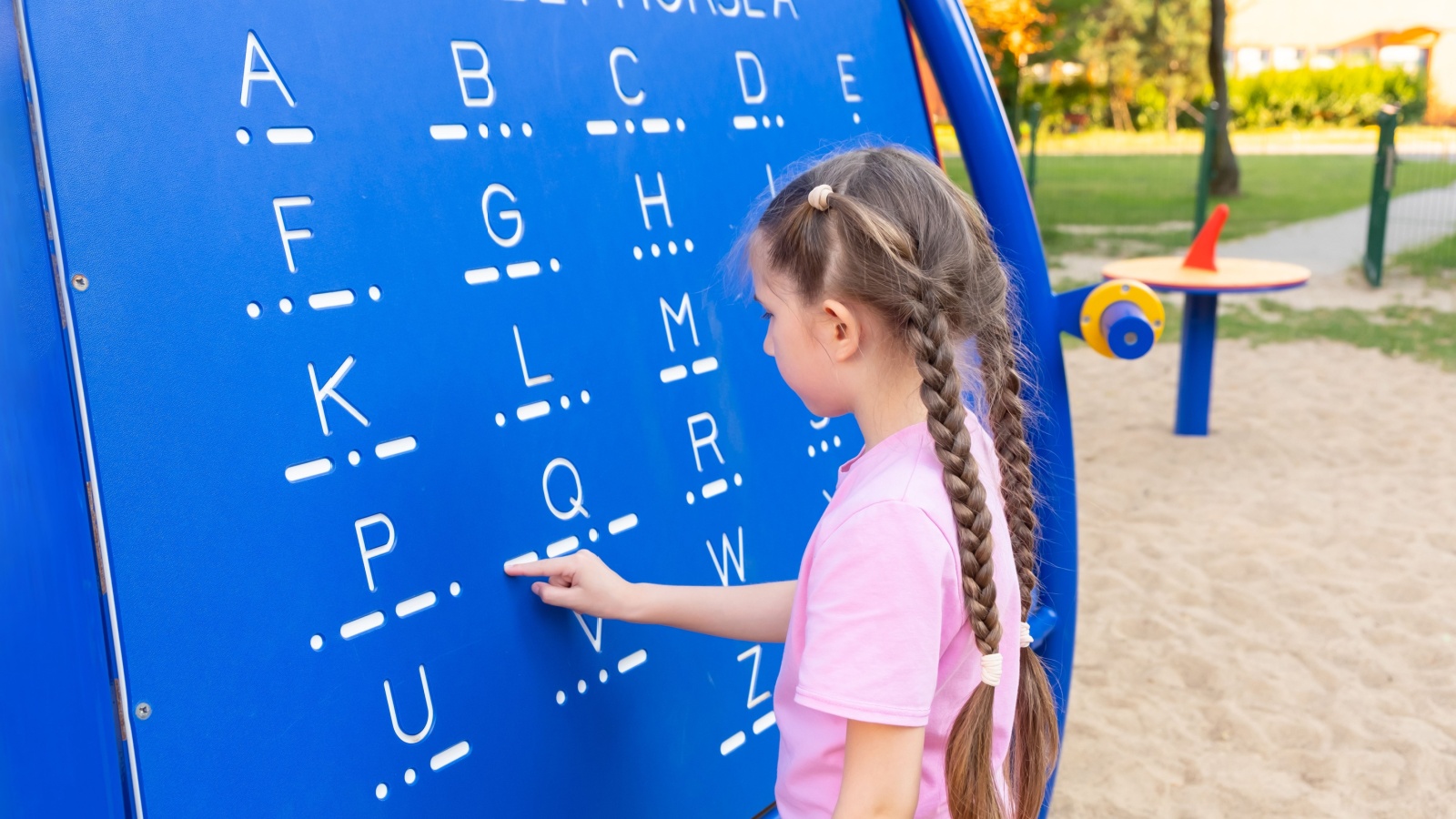
Morse code can be a lifesaver when other forms of communication fail. It’s simple to learn and can be transmitted using light, sound, or radio. Practice with your family to ensure everyone is familiar with basic Morse code.
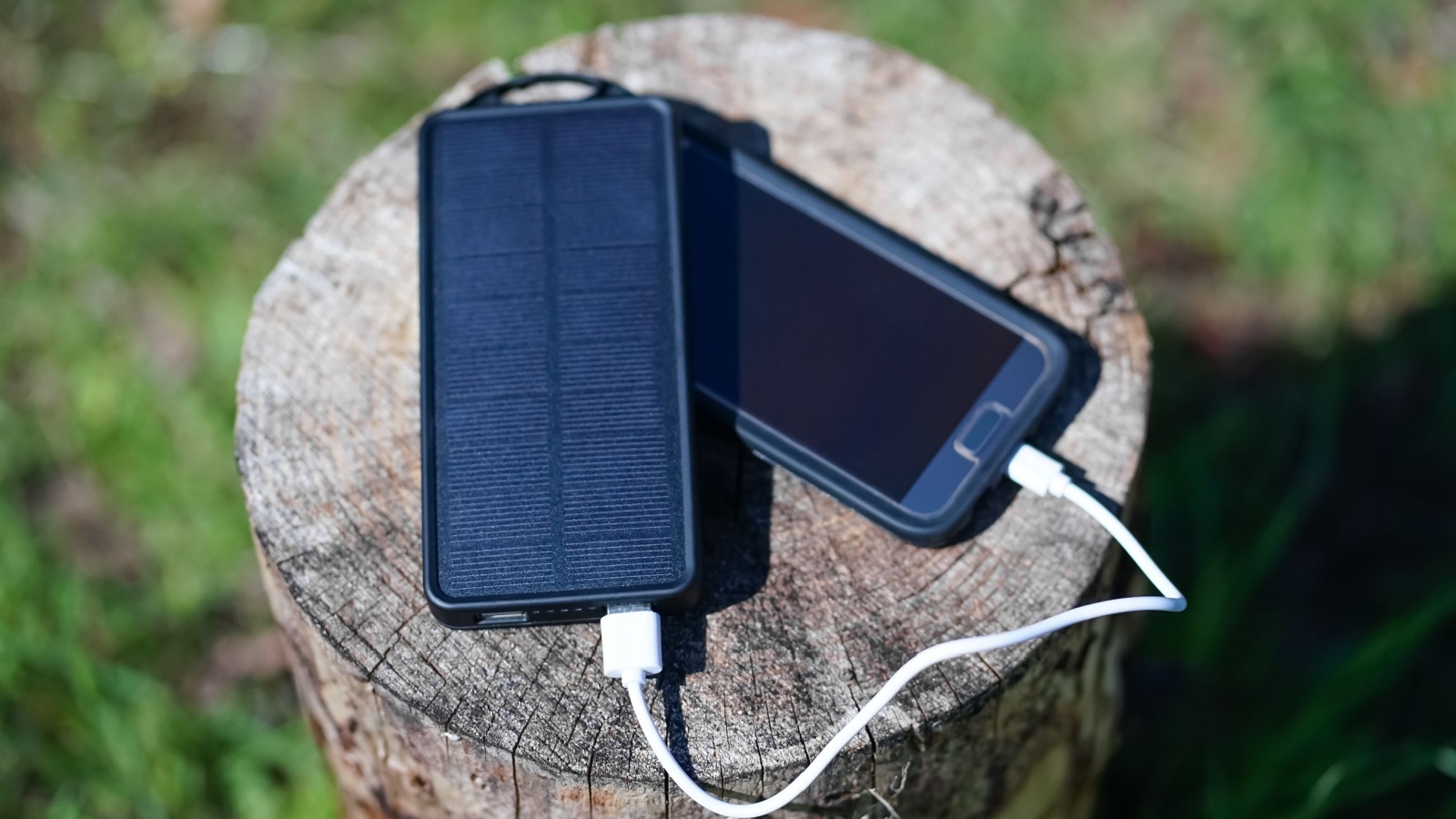
In an emergency, power might be unavailable. Solar chargers can keep your devices running. They are a sustainable way to charge phones, radios, and other small electronics when the grid is down.

Keep an updated emergency contact list in your phone and on paper. Include family, friends, neighbors, and local emergency services. This ensures you have multiple ways to reach out for help.
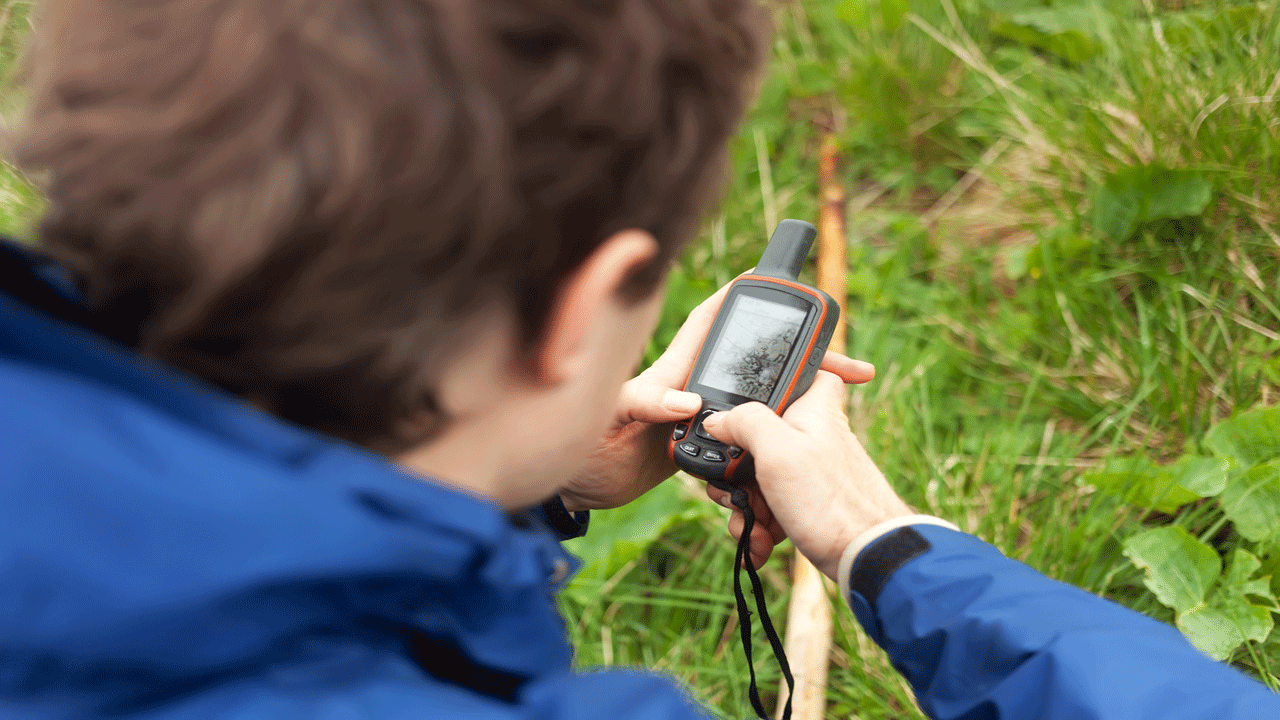
Satellite phones can work even when cell towers are down. They connect directly to satellites, making them reliable in remote areas. Consider having one for serious emergencies.
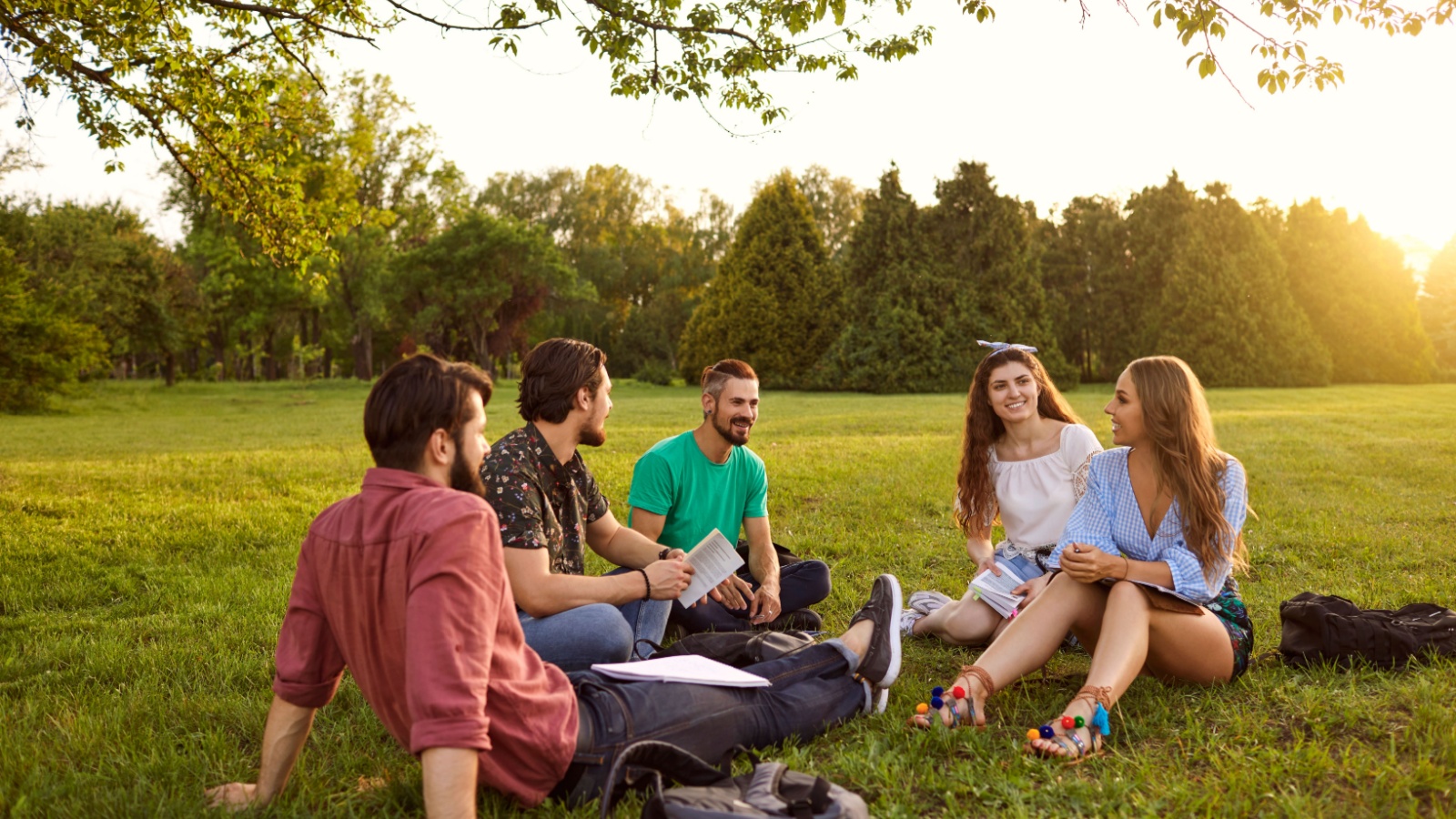
Decide on family meeting points in case you can’t communicate. Choose locations both near your home and farther away. Make sure everyone knows where to go in different scenarios.
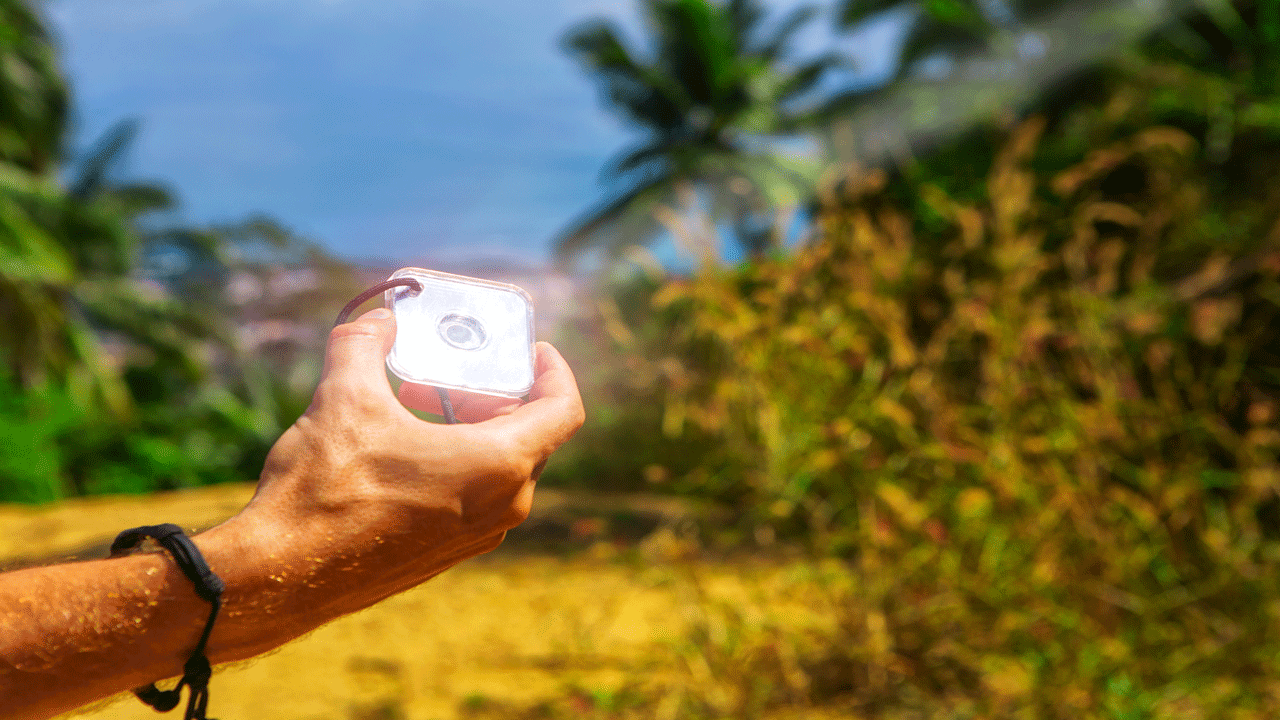
Signal mirrors can be used to communicate over long distances. They reflect sunlight to send a distress signal that can be seen from miles away. Practice using them to get the hang of it.
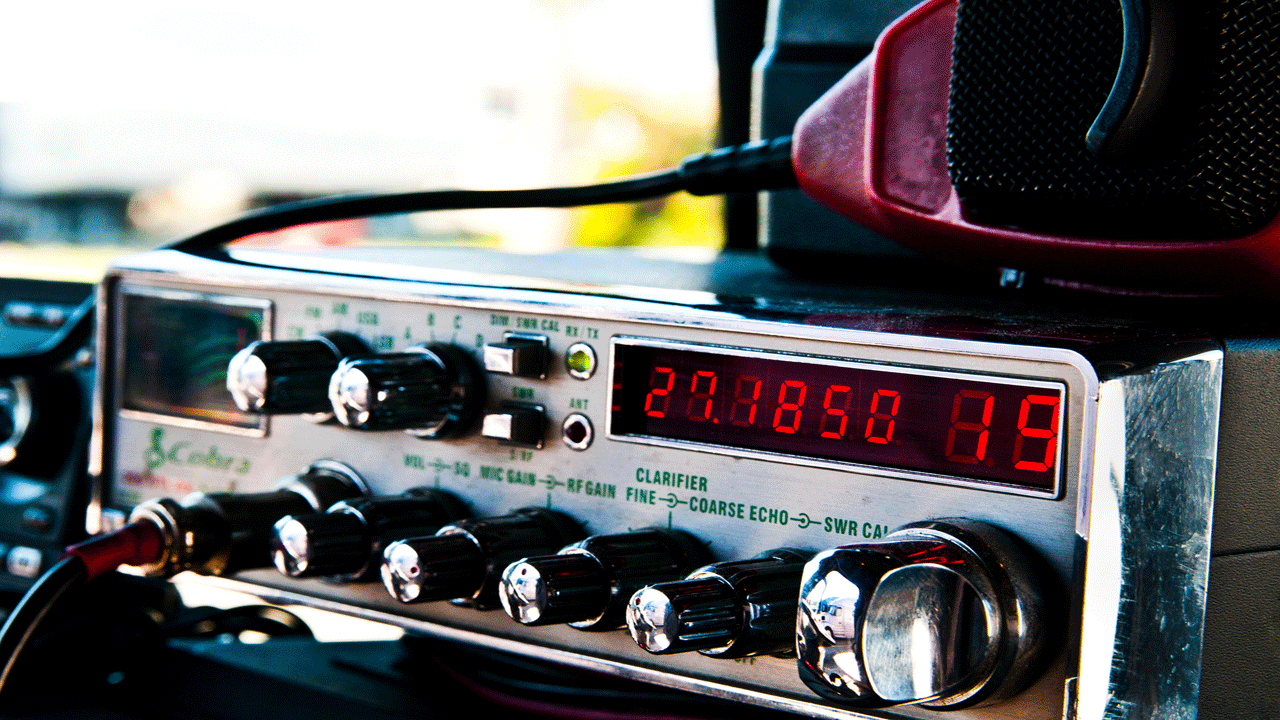
Citizen Band (CB) radios are useful for local communication. Truckers and emergency responders often use them, making it a good option for staying informed. Learn the basic channels and how to use them.
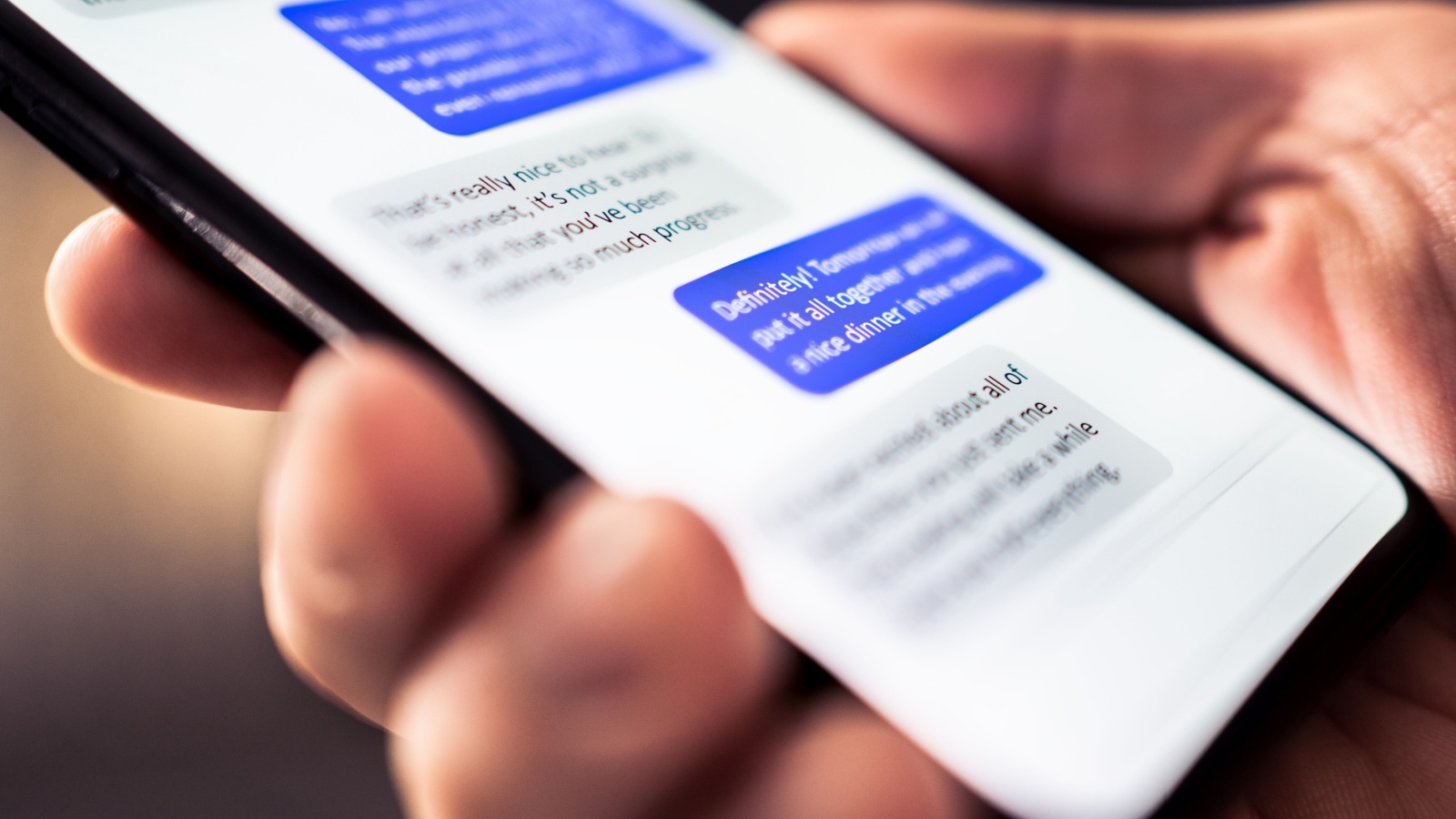
Text messages often get through when calls won’t. They use less bandwidth and can be sent when signal is weak. Keep your messages short and to the point.
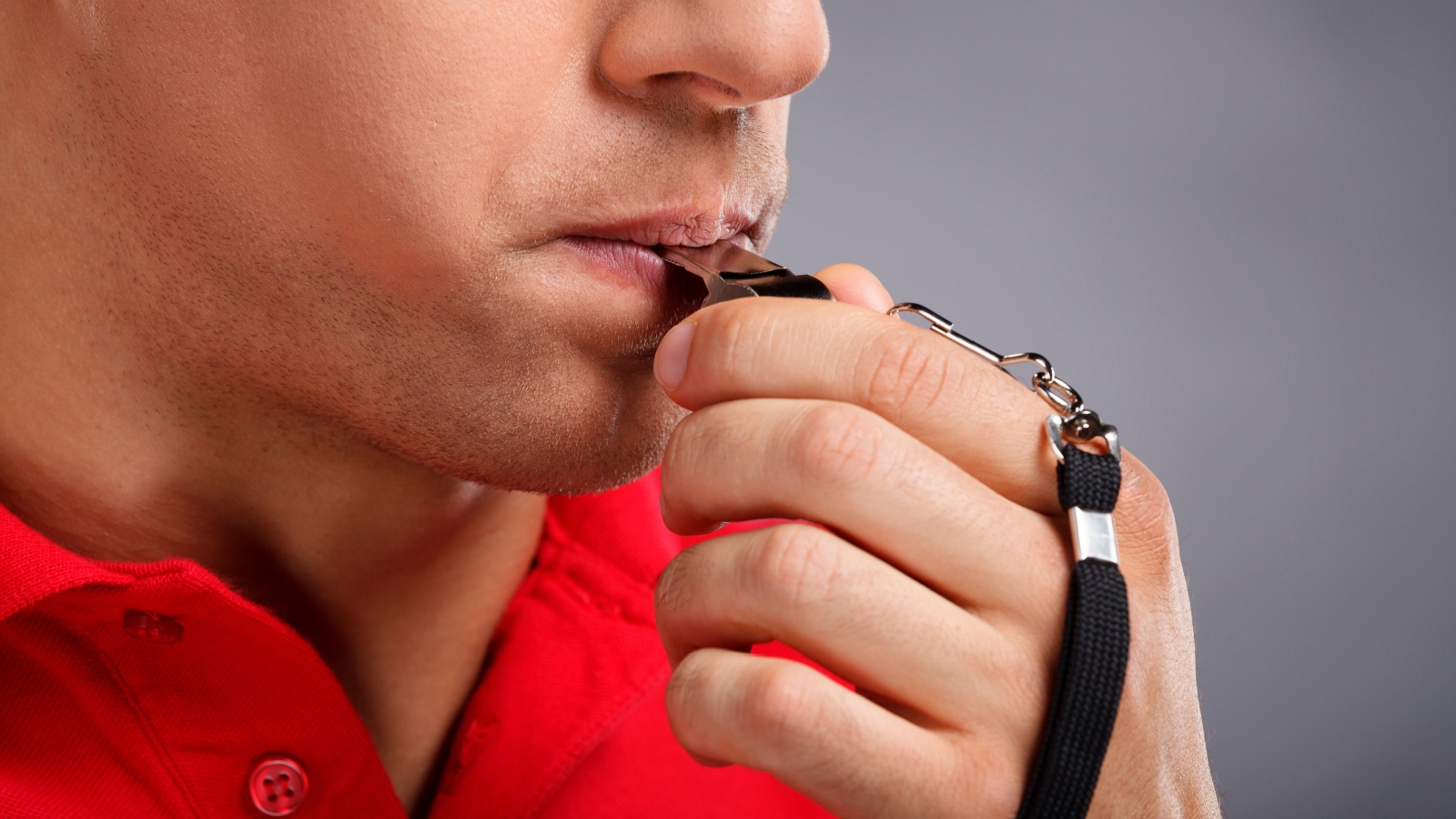
A simple whistle can be a powerful communication tool. It can be heard over long distances and through debris. Teach your family a few basic signals for different messages.
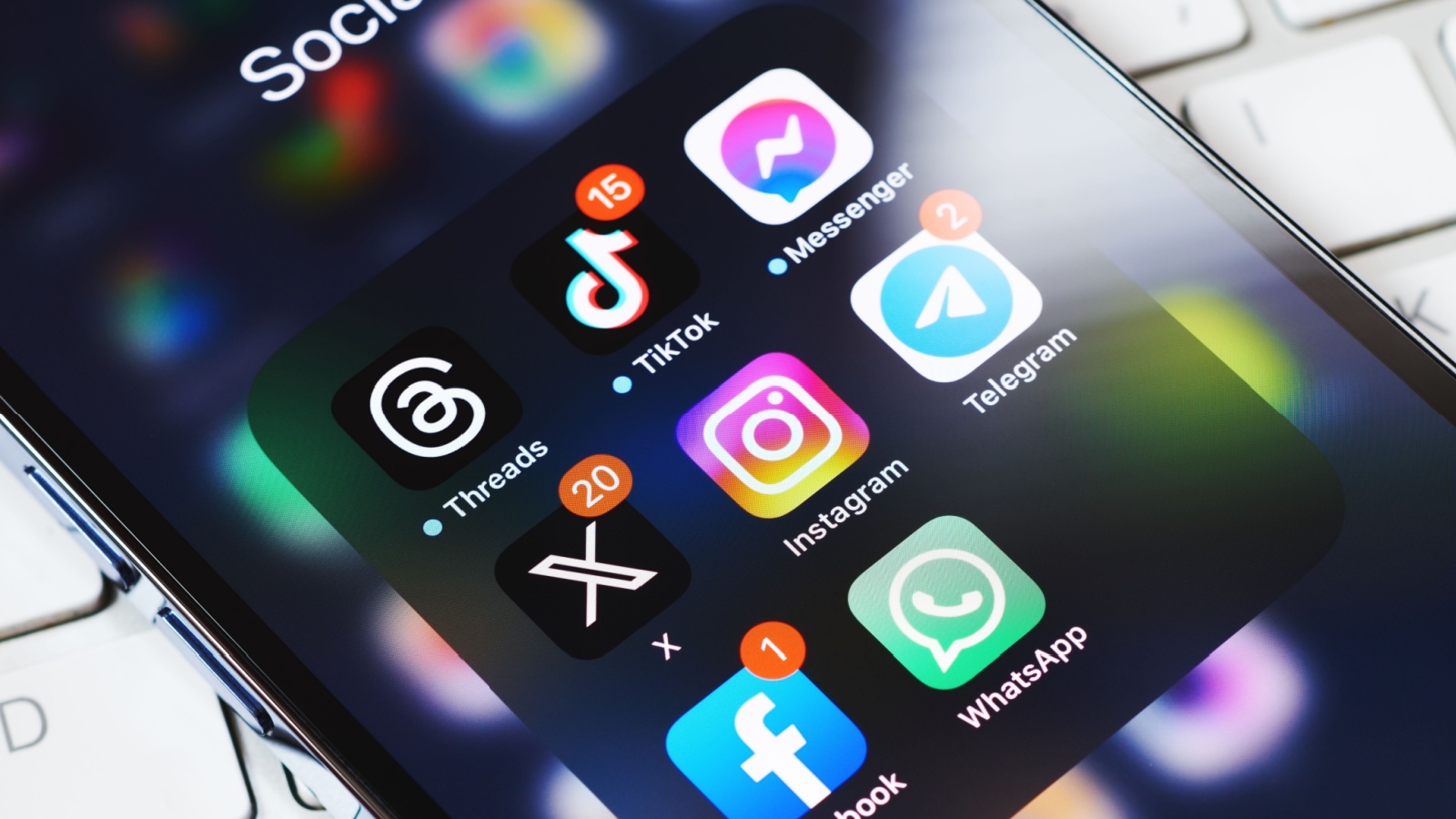
If the internet is still up, use social media to check in with friends and family. Many platforms have emergency features to mark yourself safe. It’s also a good way to get real-time updates.
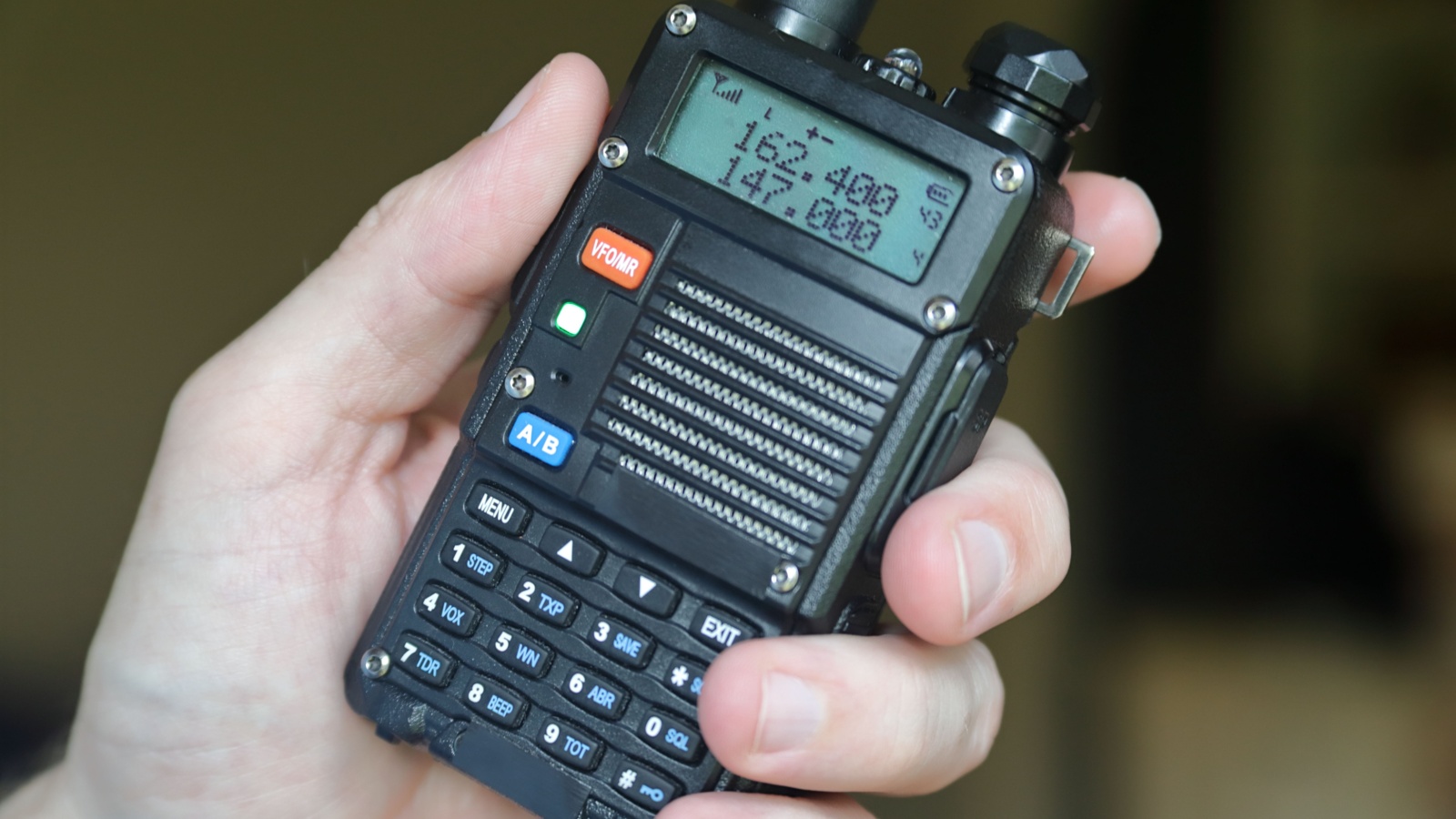
Ham radios, or amateur radios, are versatile and can operate over long distances. You need a license to use one, but they are invaluable in emergencies. Join a local ham radio club to learn more.
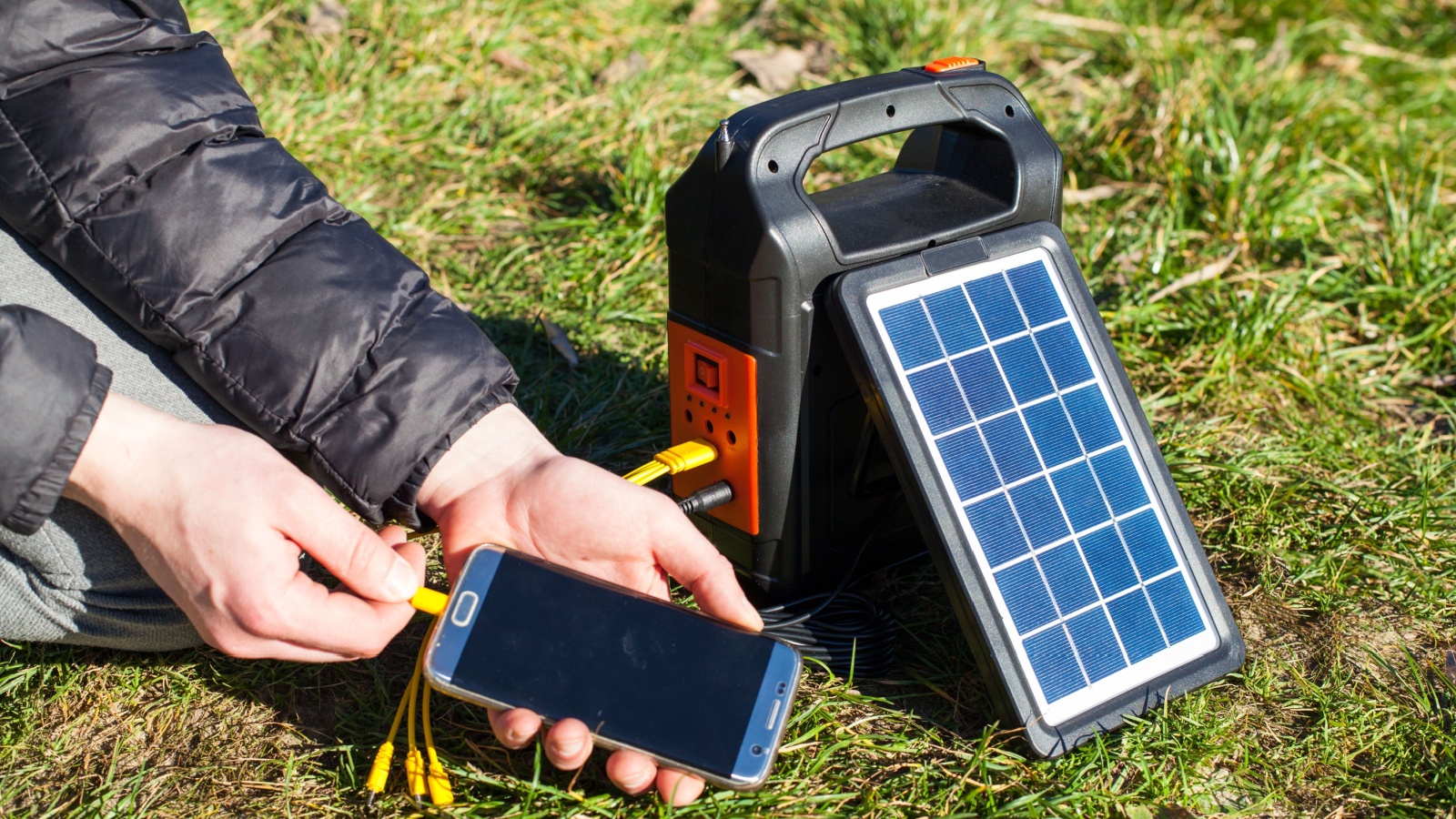
Keep a battery backup or power bank charged. These can power your phone or other small devices when the power is out. Choose one with enough capacity for several charges.
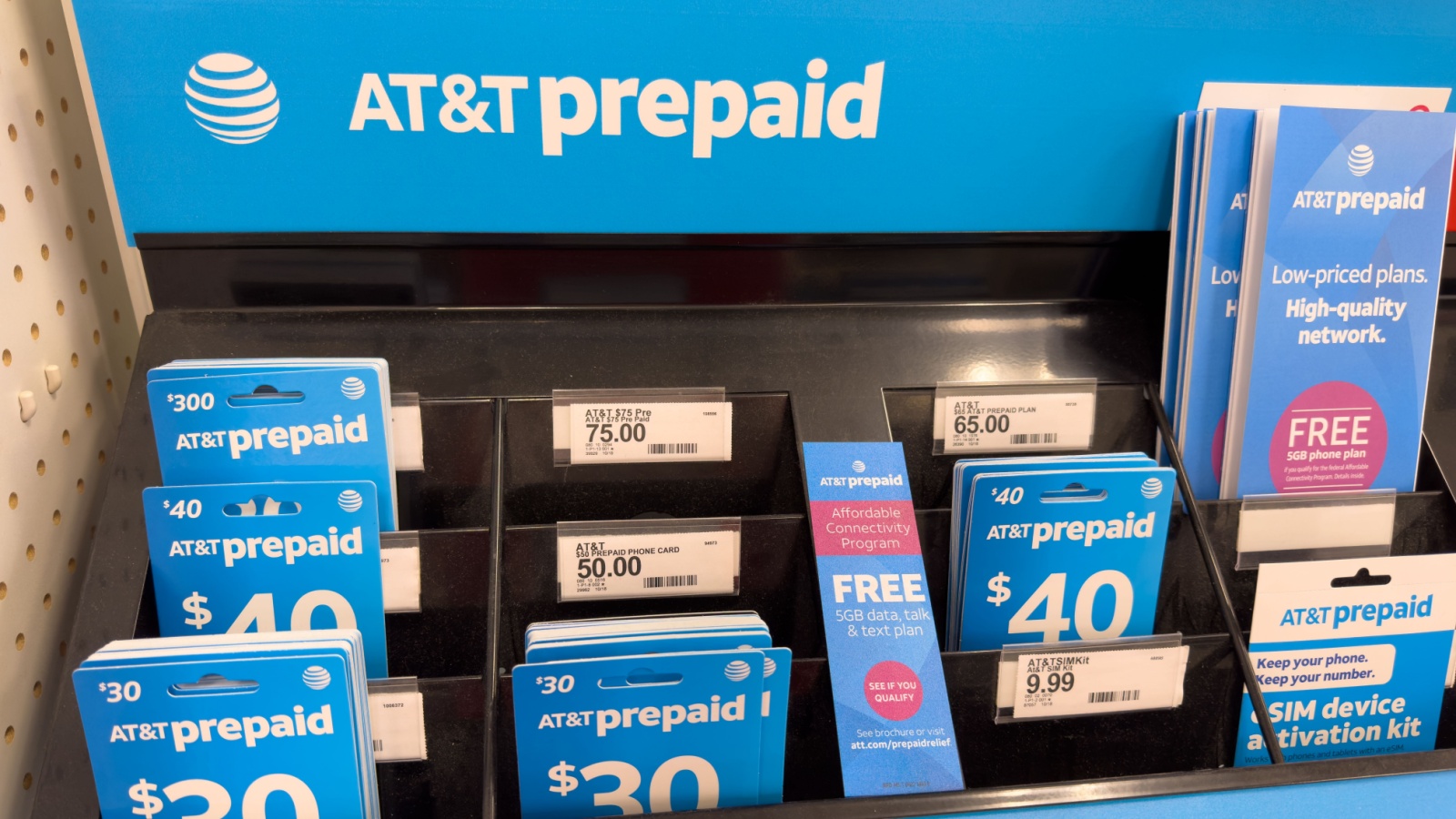
Have a prepaid phone as a backup. If your primary phone is lost or damaged, a prepaid phone can keep you connected. Store it in a safe, easy-to-access place.

Local radio stations often broadcast important information during emergencies. Keep a battery-powered or hand-crank radio to stay updated on news and alerts.
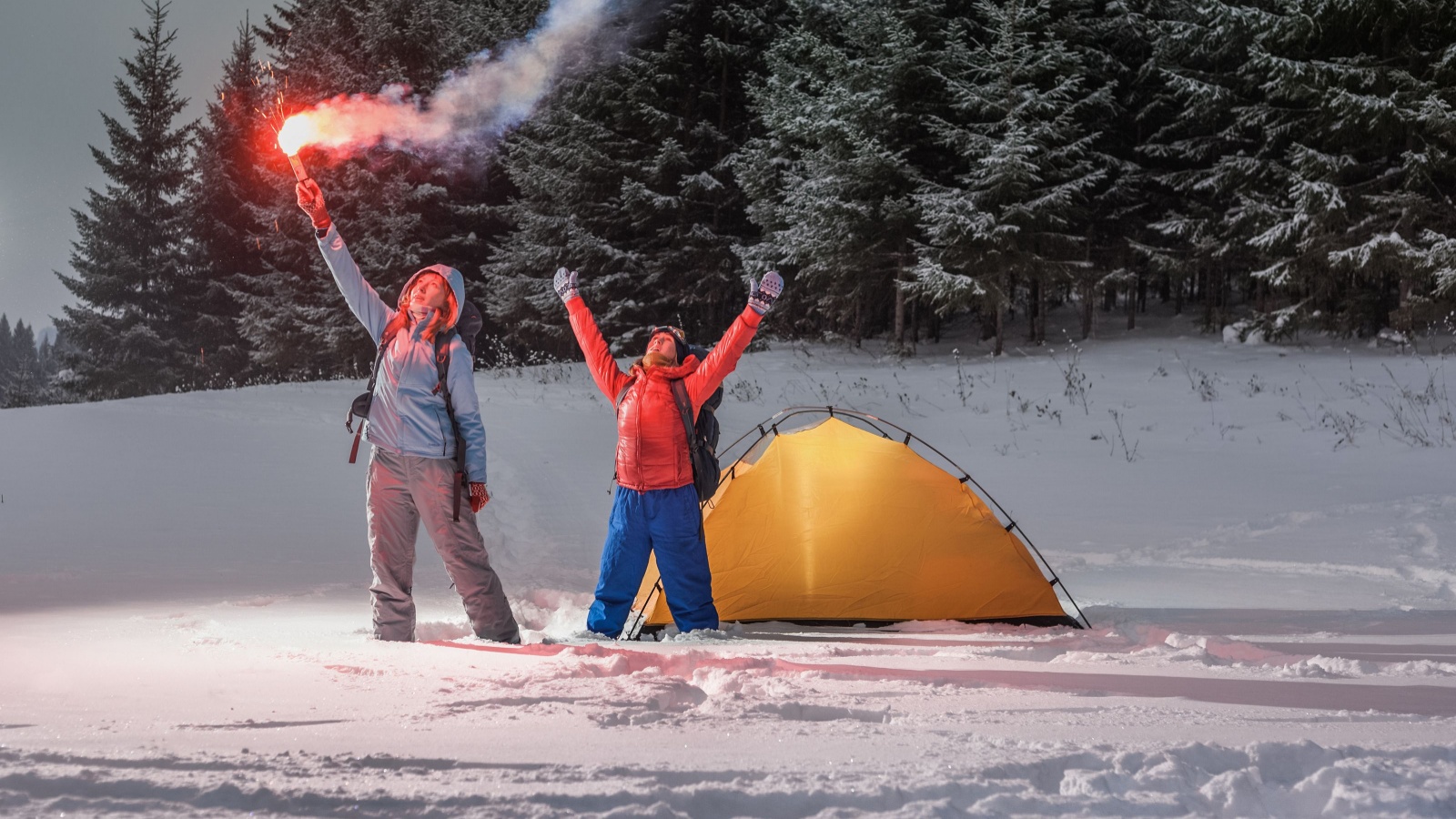
Learn basic fire and rescue signals, like three bursts of a whistle or three fires in a triangle. These are internationally recognized as distress signals and can attract help.
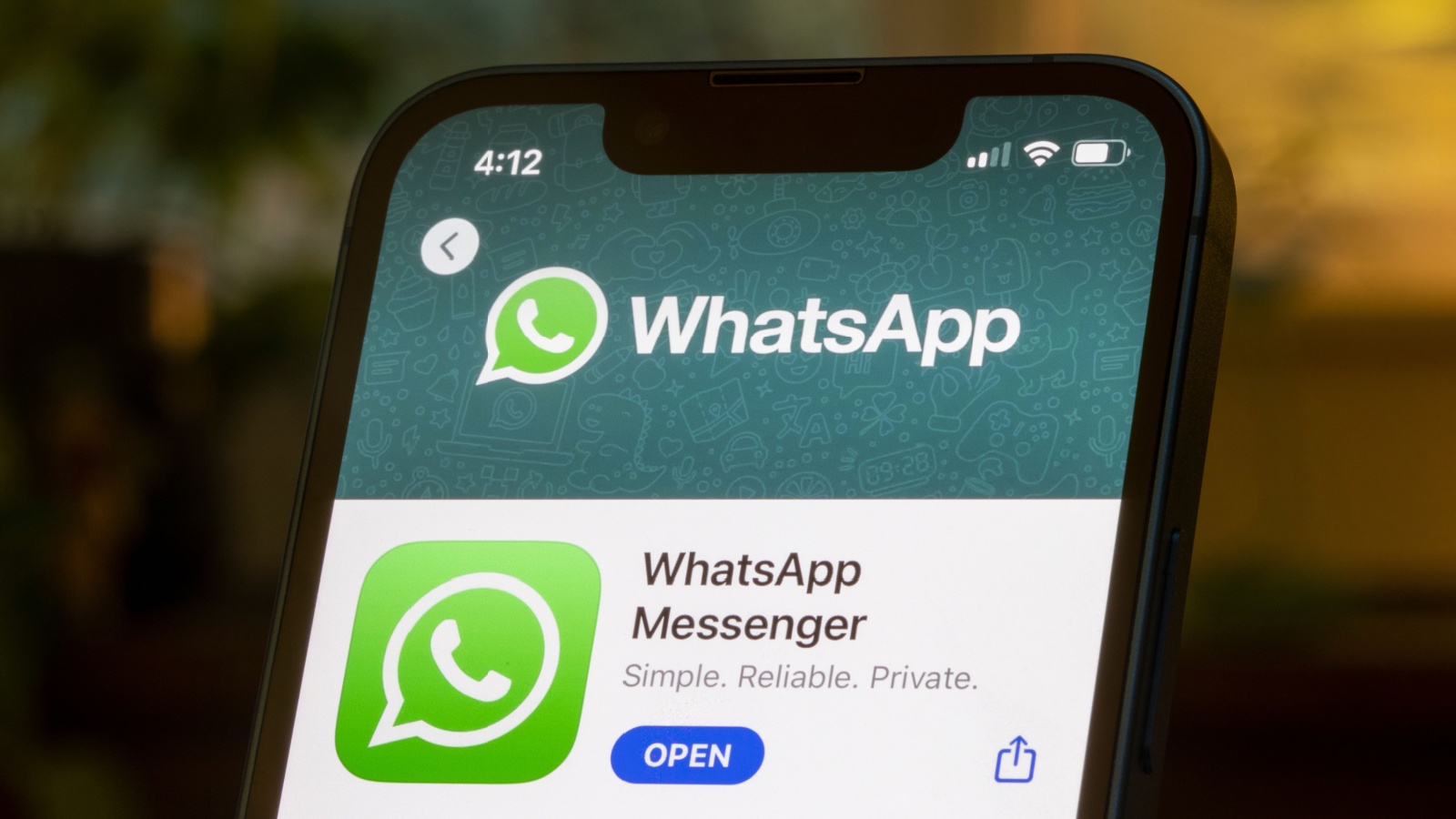
Organize a neighborhood communication network. This can be a phone tree or group chat where everyone checks in during an emergency. Working together can ensure everyone stays safe and informed.

In the face of uncertainty, being well-prepared gives you at least some degree of control and security. The thought of a societal collapse, while extreme, prompts us to consider how we might endure without the conveniences of our current lifestyle. Here’s a list of 20 essential items that could prove indispensable in such a scenario. This guide isn’t about succumbing to fear but embracing preparedness and resilience.
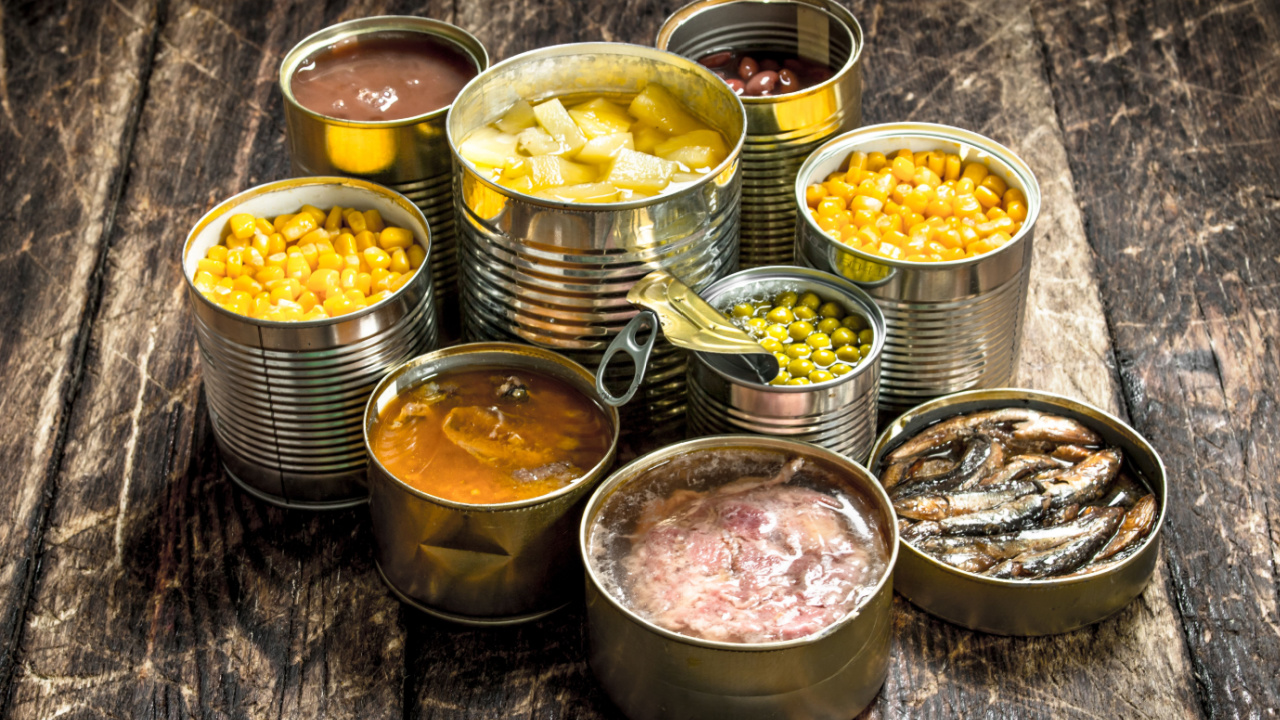
I firmly believe in keeping a well-stocked emergency pantry. While fresh food is ideal, in a survival situation, we may not be that lucky. So, for my family, even though we grow a lot of our own food, canned goods play a crucial role in emergency preparedness. They offer a reliable source of nutrition when access to fresh produce may be limited. The goods you stockpile should be affordable, easy to store, and full of nutrition.
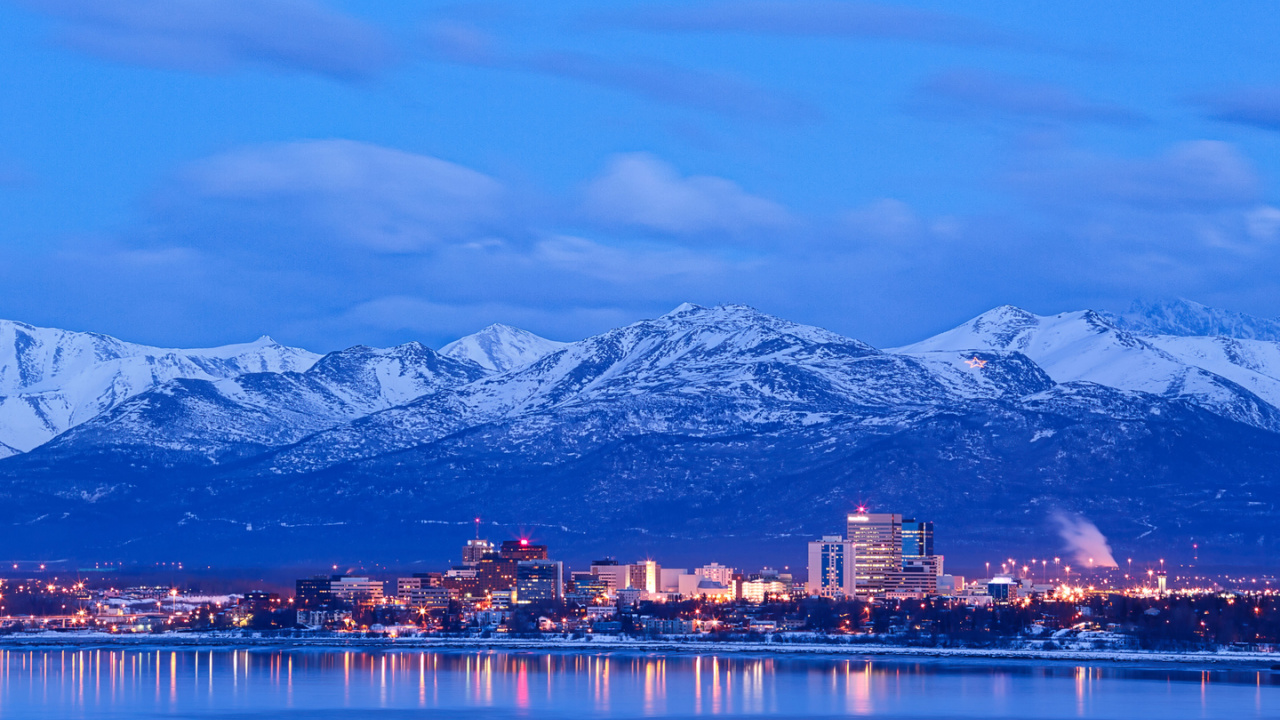
Choosing a refuge in the event of societal collapse involves weighing the pros and cons of each location against your personal preparedness goals and abilities. Whether you’re drawn to the solitude of the desert or the protective heights of the mountains, the key is finding a place that offers safety and the opportunity for growth and renewal.
